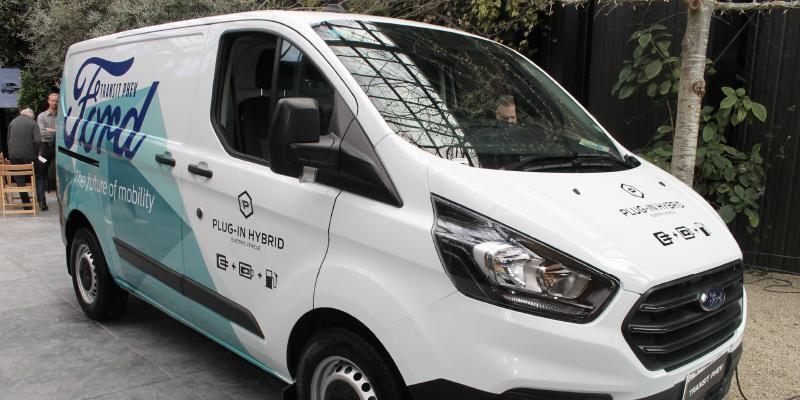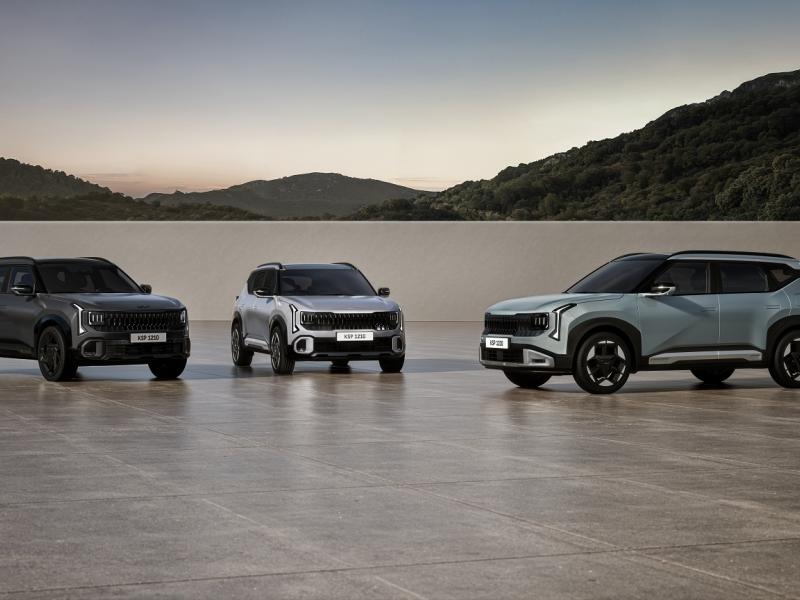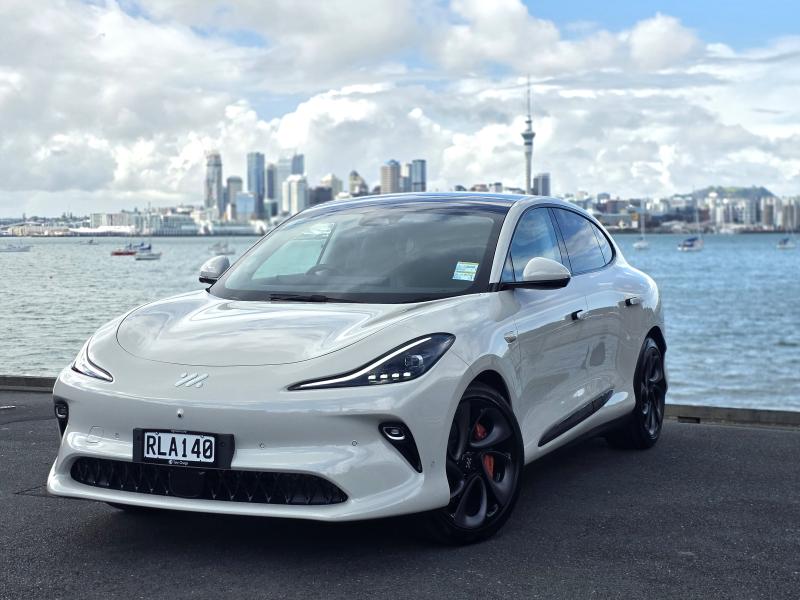Electrification of vehicles has taken on a new set of deliverables. Or deliverables have taken on a new chapter in electric vehicles.
Well, it’s actually one of each thanks to Ford’s latest commercial vehicle introduction.
Say hello to the Ford Transit PHEV (Plug-in Hybrid Electric Vehicle), the latest addition to the Ford Transit Custom line-up.
But before we go there, let’s just recap what makes up the Ford Transit Custom range.
At the entry level is the Custom short wheel-base van, then the Custom Sport van SWB as featured in the last edition of Company
Vehicle magazine.
Then comes the low roof, long wheelbase Custom van and the high roof, long wheelbase Custom version and then the Double Cab in Van (DCiV) low roof, long wheelbase semi-passenger van followed by the Tourneo long wheelbase mini-bus in Ford’s Trend specification.
To this group of six Transit Customs, Ford adds two more variants: one for cargo hauling and one for passenger transportation, the Custom PHEV and the Tourneo Titanium PHEV respectively.
Let’s look at this PHEV (plug-in hybrid electric vehicle) technology, just to clarify it.
There are pure hybrids which use a combination of electric motors and petrol/diesel engines and switch between either as required.
Hybrids typically self-charge, using the vehicle braking systems and the petrol engine to recharge the battery as required. Ford’s Mondeo hybrid is a good example.
Plug-in electric hybrids on the other hand, are similar to regular hybrid vehicles in that they have a conventional petrol engine as well as an electric motor, powered by a much larger rechargeable battery/battery pack.
The battery pack can be fully charged from a charger or even just a house and, throughout a working day will use regenerative braking and engine power to charge the batteries on the go as required.
Drivers can choose four selectable EV modes accessed via push button and labelled EV Auto, EV Now, EV Later and EV Charge.
The EV Auto mode is the default mode. The Transit Custom will use its battery first, then use the petrol engine as a booster under heavy load.
EV Charge is the function which might need a little more discussion. The battery unit affords 56kms of travel on purely electric power, after which it will need charging.
If you are near a charging location bringing the battery up to full charge will take between 2.7 to 4.5 hours depending on the charge point, or – by using the EV Charge function – you can recharge the battery with the one-litre EcoBoost petrol engine on the go.
EV Now and EV Later are functions which are for more sophisticated markets than ours.
EV Now is used when electric mode only is required. EV Later engages the petrol engine and holds the battery in its present charge state when you know you’ll need EV power only later on.
Both functions are useful when designated electric only areas are defined by geofencing, as they are in Europe, where geofencing determines what vehicles can go where.
There is one other particularly relevant battery consideration. Observant users will see the regular automatic shifter has an ‘L’ position in addition to the regular ‘P’, ‘N’, ‘D’ and ‘R’ positions.
‘L’ really loads up the resistance on the regenerative braking system so that whenever the vehicle is slowing, it is recapturing energy.
You can in fact, select the L position to avoid using brakes at all, which saves wear and tear on the braking systems themselves, thus saving more than just fuel.
The Transit Custom PHEV has a range of about 500km with petrol and battery system combined and possibly more with a smart operator behind the wheel. Back to that in a second.
Like all Transit Customs, the PHEV has a 1130kg payload and, with intelligent battery design and placement, has a cargo load area of six cubic metres, just like the regular Transit Customs.
Now, smart operators. Here’s what you should know to get the best out of the PHEV Transit Custom.
EV Only mode is the way to run around town. Quick trips, start stop – these are perfect operating parameters for PHEV operation. When traveling on motorways, switch to EV Later or EV Charge, as this will allow you to run on EV mode in the city environs.
Be mindful however, that the Transit PHEV has a single gear, which limits acceleration at higher speeds. If you are used to Continuously Variable transmissions, the single gearing of the Transit Custom PHEV will not be unfamiliar.
Effectively, the gearbox must match the speed of the engine and at higher revs, the transmission struggles to keep up. It will get there but be prepared for this one Achilles heel of PHEV-life.
The other thing to be aware of is the braking – it is considerably more aggressive to facilitate battery regeneration and it takes a bit of getting used to.
So yes, there are some lessons to be learned for efficient operation, but in saying that, the Transit Custom is able to be driven by someone with very little experience in electric vehicle operation.
The dashboard is a little different with the tachometer replaced with a power gauge. Normal operation sees the needle in the blue zone, while the green indicates charge going into the battery. The grey zone is for those non-fuel friendly drivers.
The traditional fuel gauge is still there, but the temperature gauge has been replaced with the battery state of charge indicator.
Other than that, all that you would see in a conventional Transit Custom remains the same, with the exception of cruise control and speed limiter, a small price to pay for the benefits of hybrid technology.
Be mindful that when the key is turned, there is no noise inside the cabin. It does make a little external noise to alert others to vehicle movement.
And just briefly on the subject of movement, what is the Transit Custom PHEV like to drive? In its primary operating environment where it shines, the PHEV is probably a better town and arounder than the regular Transit Custom – likely the result of that clever battery pack design and placement.
And yes, the battery is covered with an eight year/160,000km warranty.
The Ford Transit Custom PHEV is also equipped with the FordPass Connect on-board modem for maximum vehicle efficiency and vehicle utilisation. You can talk that over with your Ford dealer when you arrange your PHEV test drive.






